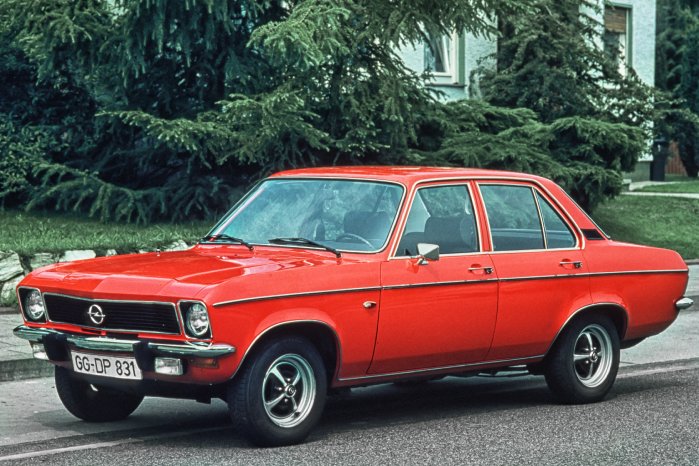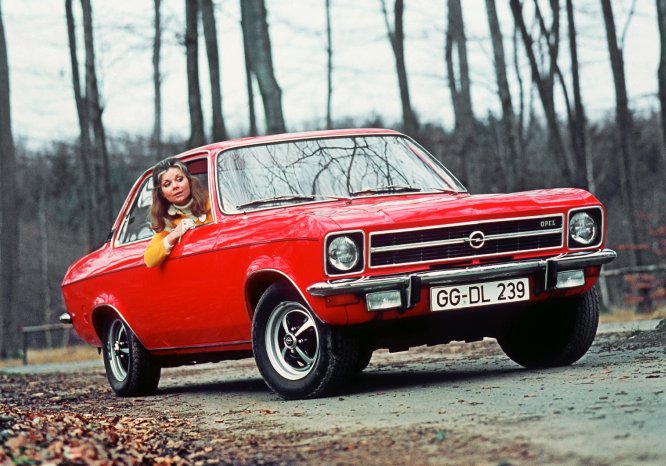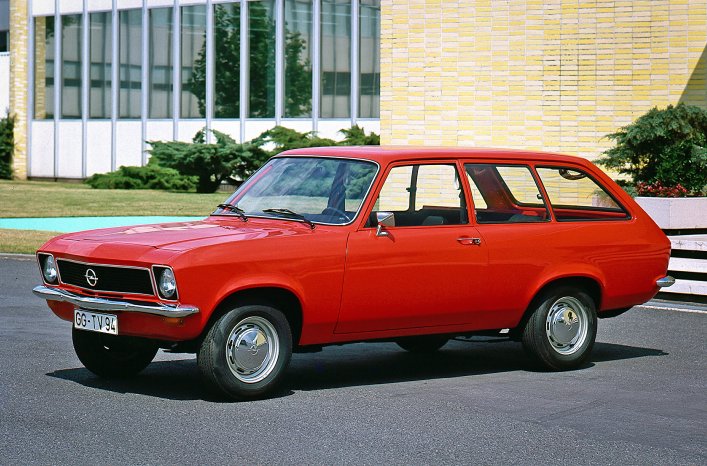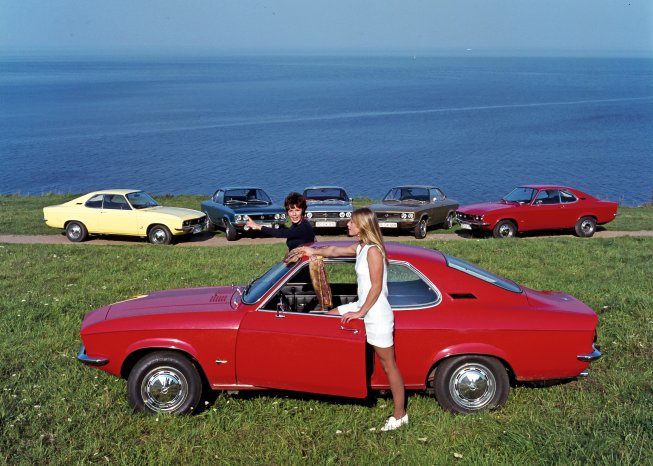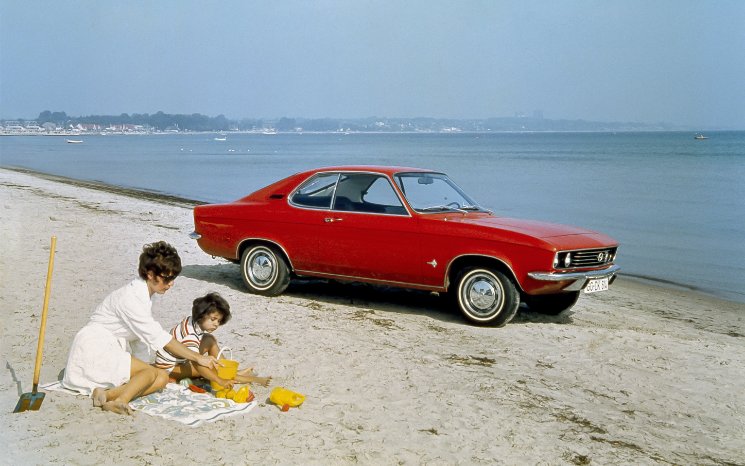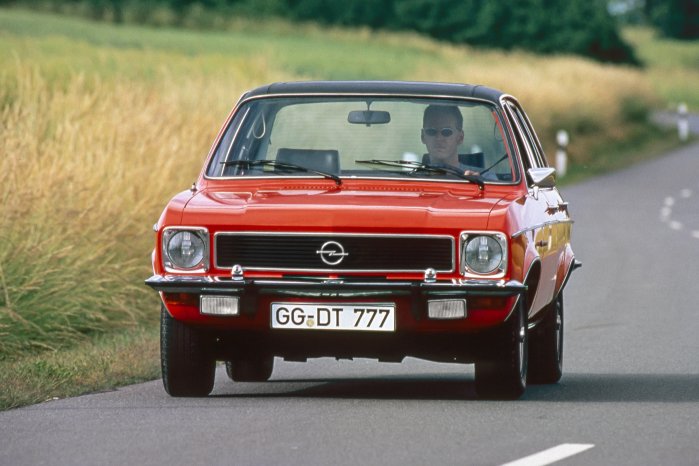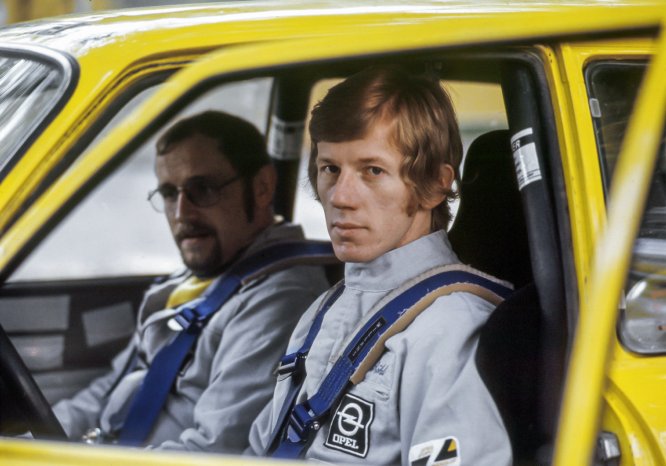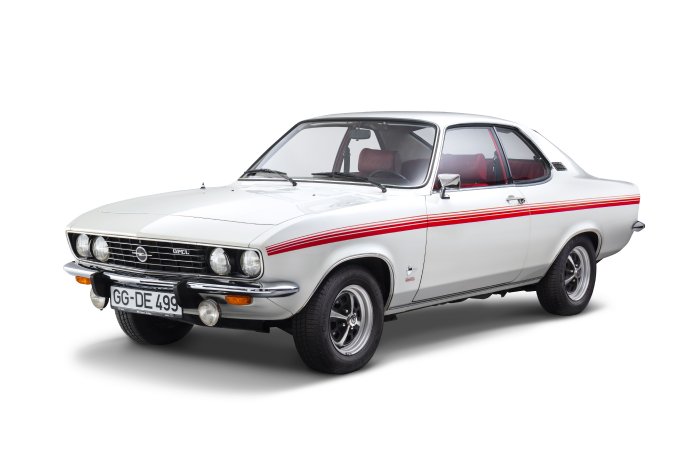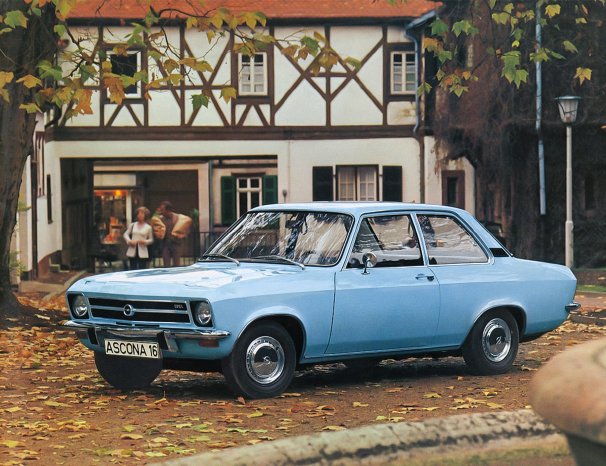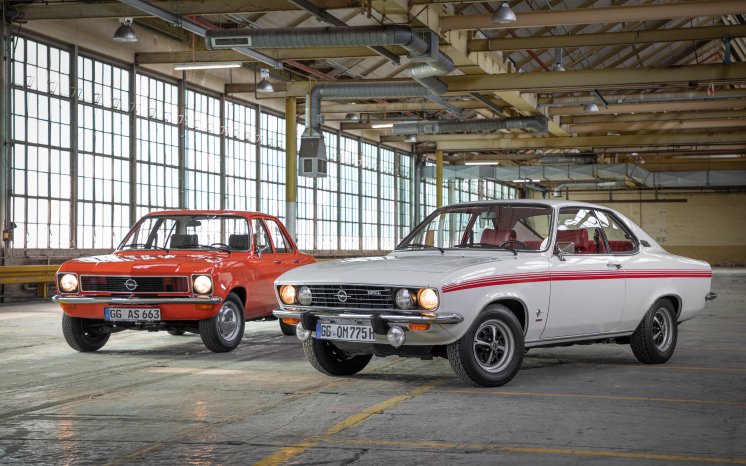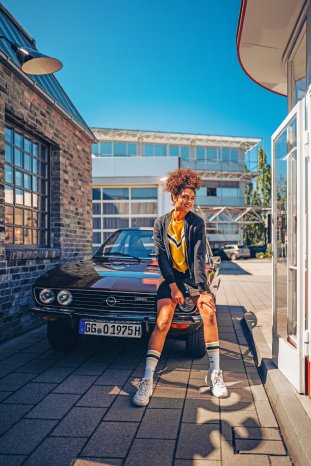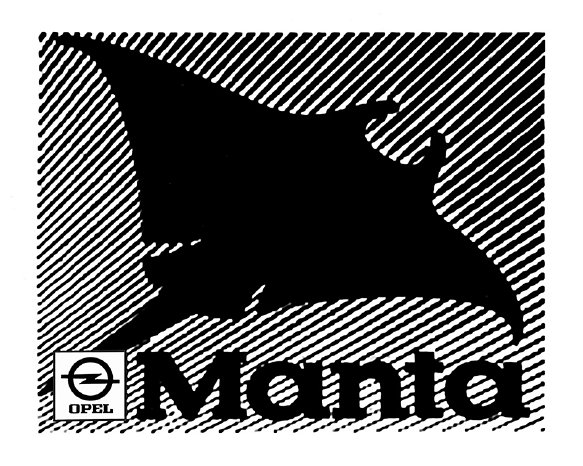- Dream car: the gorgeous Manta hit the market in 1970
- All-rounder: Ascona as sports limousine and life-style estate arrived in same year
- Strategy: Opel already used single platform for very different cars
- Sport stars: Walter Röhrl and Ascona won European and World Rally Championships
The Ascona and the Manta followed the GT across the Atlantic and were sold successfully in the USA – an international career achieved by only a few Opel models. Nowadays they are much sought-after collectors’ items and valued far higher than their prices when new.
Opel is celebrating 2020 as the year of these legendary cars and fans can join in. The fun begins with the opening of the rally season and the “Bodensee Klassik” (May 7-9). Six each of the first generation Ascona and Manta will be at the start. This overture will be followed by a major performance on June 28 featuring around 100 examples of the Ascona and Manta A at the “Klassikertreffen” in Rüsselsheim. Around 30,000 visitors are expected at this birthday party; numerous Opel clubs will be there in force. Another highlight will be the get-together on September 25-27 organized by Manta collector and expert Manfred Henning. The venue could not be more fitting – Timmendorfer Strand on the Baltic coast, precisely where the Manta was first presented to the press exactly 50 years ago.
Opel began the 1970s with a model offensive
The new midsize models that made their debut in 1970 were called Ascona and Manta. As a two and four-door limousine, the Ascona was positioned exactly between Kadett and Rekord. The Ascona was also a trendsetter: the Caravan estate was the first compact lifestyle estate and therefore far ahead of its time. With the sporty sister-model Manta, Opel entered the growing market for family sports coupés at the same time. Chassis, suspension and powertrains were identical, both models featured four-cylinder engines producing 60 to 105hp.
The Ascona was a winner on gravel as well as asphalt; Walter Röhrl and co-driver Jochen Berger won the 1974 European Rally Championship and in 1975, on the Acropolis Rally, they scored Opel’s first victory in the World Rally Championship. In 1982 Röhrl and Christian Geistdörfer claimed the World Rally Championship in an Ascona 400. 691,438 units of the Ascona A had been produced by March 1975; 498,553 Manta A were built in the same period.
The Manta made its debut at Timmendorfer Strand
The sporty Manta made its debut in September 1970, the manta ray emblem inspired by photos taken by the marine explorer Jacques Cousteau. Appropriately, the presentation took place at Timmendorfer Strand on the Baltic Sea coast. For Opel, the Manta was a step into new territory. “Instead of making an existing model obsolete, the car we are presenting today is an addition to our range and meets a new demand from the market,” said the press release at the time.
The Manta was new, smart and sporty, and perfectly timed. Attractive coupés that could sit four were highly popular. Individuality was in high demand, the Manta’s shape and lines were just what the market was looking for. In the first full year of sales, Opel moved 56,200 units of the Manta out of the showrooms; 498,553 were produced in total. The platform, suspension and engines were shared with the Ascona. A new member of the powertrain family was the 1.6 with 68hp, even 80hp in the S version. The most powerful engine in the Manta was the four-cylinder 1.9 S with 90hp also used by the Opel Rekord.
The Manta range began with the 60hp 1.2 in 1972, followed in November of the same year by a luxuriously equipped Manta Berlinetta. The standard equipment included sports steering wheel, heated rear window, halogen headlamps, electric windscreen washers and vinyl roof. The five years of production were enriched by numerous special model variants – “Holiday”, “Plus”, “Swinger” and “Summer Bazar” combined up-market specifications with moderate prices. The Manta GT/E, powered by a 105hp, 1.9-litre engine with Bosch L Jetronic fuel injection, appeared in 1974. The trend towards matt instead of chrome trim continued with the Manta GT/E. The last special model arrived in 1975, shortly before the debut of the Manta B. The GT/E-based “Black Magic” was painted all black with orange stripes on its flanks.
The Ascona premiered at the Turin Motor Show in 1970
In terms of equipment and engines as well as dimensions, the Ascona (aka “the midsize in economical perfection”) fitted into the space between Kadett B and Rekord C, a role previously played by the luxurious “Olympia” version of the Kadett. The Ascona was initially offered as a two and four-door limousine in base and luxurious trim. The independent front suspension comprised coil springs and telescopic shock absorbers, the rigid rear axle featured two longitudinal arms and a Panhard rod. Power was supplied by a 1.6-litre four-cylinder engine with 68hp, and a high-compression S version with 80hp. Like the larger four-cylinder engines of the Rekord, the Ascona power unit had a “cih” (cam-in-head) camshaft. In March 1972, Opel introduced a moderately priced entry-level version with a 1.2 OVH engine and 60hp.
A much admired novelty in the model range was the Ascona Voyage. Instead of a classic estate, the two-door variant of the Caravan was a leisure vehicle with space for dinghy and bicycle, i.e. a car for young families and a forerunner of today’s popular lifestyle estates. Initially, the Voyage was offered only in the L version, it was 1974 before a less luxurious Caravan joined the line-up. In spring 1971 the model range was extended by the Ascona 1.9S and Ascona SR. The SR was powered by an 80hp 1.6-litre engine or a 1.9-litre unit with 90hp. The option of an Opel-produced three-speed automatic transmission was offered for the first time with the more powerful engines. The SR trim – a novelty in the estate market segment – was also available for the three-door Voyage.
The SR version of the Ascona had the makings of a winner. Walter Röhrl and Jochen Berger contested the 1974 European Rally Championship with a two-door limousine. At the wheel of the Ascona entered by the Opel Euro Händler Team, Röhrl and Berger won six of the eight rounds with the still unrivalled maximum score of 120 points. In 1975, shortly before the Ascona A was replaced by the B generation, Röhrl and Berger took victory on the Acropolis Rally, Opel’s first win in the World Rally Championship.
